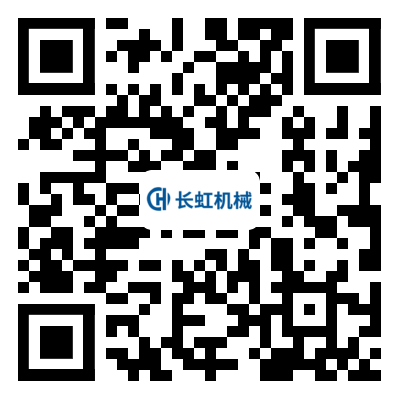The mechanism of cylinder damage in the F1300/1600 cylinder liner of Baoji pump is mostly due to local damage to the lubricating oil film at the sliding parts. At this time, the protruding parts of the two relatively moving surfaces first come into metal contact, and then a small "melting" phenomenon occurs locally in the F1300/1600 cylinder liner of Baoji pump, and the melting part is torn due to the relative movement of the components.
During this process, the metal surface forms a hardened layer. When the hardened layer is damaged, the metal abrasive particles generated will become the abrasive material that exacerbates surface wear The uneven wear marks parallel to the cylinder centerline that appear on the surface of the F1300/1600 cylinder liner of the piston and gas pump during the short period of so-called "melting wear" are known as cylinder pulling phenomenon.
In severe cases, the sliding parts may completely adhere or get stuck, and even cracks may occur in weak areas on both surfaces, causing damage to the components, known as cylinder biting. Therefore, the fundamental cause of cylinder pulling is melting and wear.
With the continuous development of various industries, the F1300/1600 cylinder liner of Baoji Pump has gradually been widely used. So in the application process, the deformation of the F1300/1600 cylinder liner of Baoji pump is an important problem that troubles drivers. Today we will introduce several methods for detecting deformation of F1300/1600 cylinder liner in Baoji pump:
Baoji Pump F1300/1600 Cylinder Application Tester Inspection: The main pin holes and spring seats at both ends of the tester are used as positioning inspection benchmarks. Fix the instrument on two leaf spring seats, insert the inspection rod into the two main pin holes, and operate the instrument to make contact between the measuring head and the inspection rod. By using different scales, the mutual position (angle) between the main pin hole and the leaf spring seat, as well as between two leaf spring seats, can be reflected. Check and determine the location and degree of deformation. Please refer to the instrument manual for specific methods and usage steps. Place the front axle on the two V-shaped irons on the flat plate and place the level gauge on the steel plate spring seat. If the level is placed horizontally (perpendicular to the front axle) and the bubble is not in the center, it indicates that the front axle is twisted; If the bubble is not centered when the level is placed vertically, it indicates that the front axle is bent.
Baoji pump F1300/1600 cylinder inspection with square ruler: Insert the test rod into the main pin hole, place a shim on each of the two steel plate spring seats, and place a square iron on the shim. The angle of the square iron should be adjusted and fixed within the specified range of each model. Then, let the square stand upright and the edge shell occupy the test bar to find the result. If there is a gap at the upper end, it indicates that the front axle is bent downwards, and if there is a gap at the lower end, it indicates that the front axle is bent upwards. In addition, whether the front axle is bent or twisted back and forth can be determined by the alignment of the line between the square and the pad, as well as the alignment between the square and the test bar.
3. Cable inspection for Baoji pump F1300/1600 cylinder application: Place the front axle in a horizontal position, draw the center lines of two steel plate springs, hang a heavy hammer at both ends of the line, and make the line pass through the center of the two main pin holes. Measure the distance between the plane of two leaf spring seats and the straight line with a ruler, and the difference between the two is the straightness of the crossbeam. Check if the centerlines of the two cable sockets are on the same straight line. Check if there is any deviation in the distance between the positioning center holes of the two seats and the straight line. If there is a deviation, it indicates that the beam is distorted. Check the distance between the inner end of the plane on the main pin hole and the straight line. If there is an error between the two distances, the angle of the main pin is incorrect. Measure the distance between two leaf spring seats and the thin wire with a ruler. If they are not equal and the centers are not on the same straight line, it indicates that the two ends of the front axle are bent up and down, or bent forward and backward.


 Service Hotline
Service Hotline